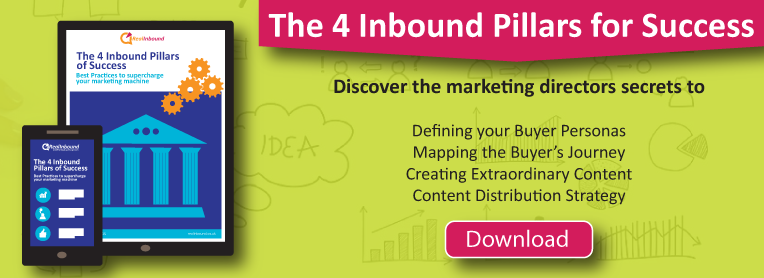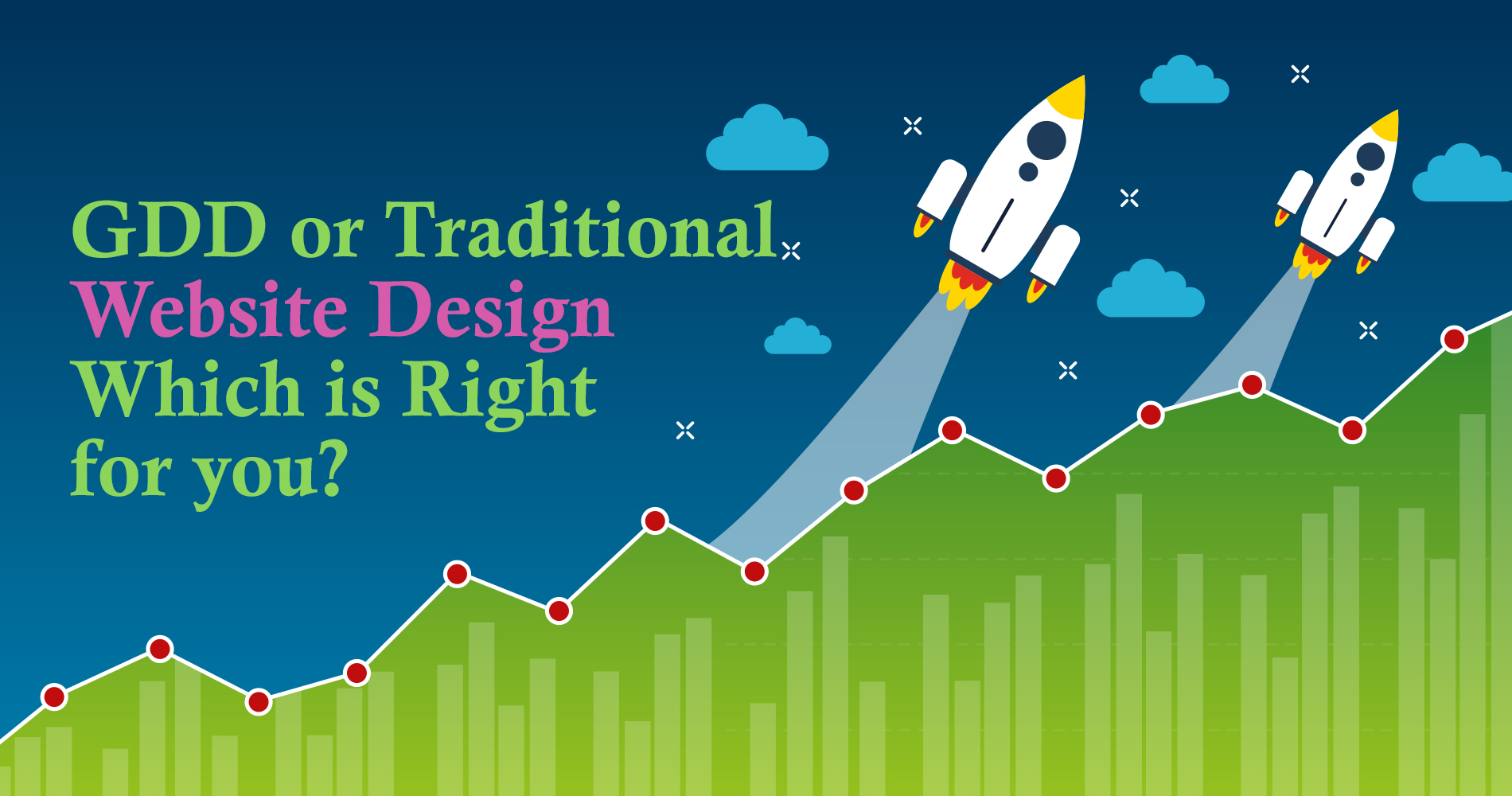We get asked this question all the time. 'What's the difference between Inbound and Outbound Marketing?' Or 'Which is best?' Or even 'Is there any difference at all?' Well, straight away, we can say there is a significant difference in terms of the strategy and tactical approach of each type of marketing. And all things being equal, we would also argue that Inbound Marketing, being more closely aligned to the way the modern customers behave, is the superior methodology to adopt.
But is does depend. There are cases where 'outbound' marketing is still indicated for the client, in response to a specific need. And the best place to start to understand the difference, is to consider what each methodology actually is. Its strengths and weaknesses, which in turn can help us decide which methodology is best to deploy.
What is Outbound Marketing?
Outbound marketing is sometimes referred to as 'interruption marketing' in so much as it does not require the 'buy in' from the potential customer in order to begin a marketing or sales approach. In fact, it's not always that case that the customer is particularly well targeted before the approach. For example direct mail may only be targeted via postcode.
Other examples of Outbound Marketing are:
- Broadcast media - TV, Radio, Newspapers etc.
- Digital Display advertising - Facebook (though maybe targeted by demographic etc)
- Google Search ads - A controversial categorisation, as we believe while Google data might suggest a potential customer has demonstrated 'intent' or 'behaviours' linked to purchase, they still have unequivocally not opted in to the conversation.
- Spam Email - Unsolicited bulk email from parties not know to the customer.
- Outdoor Advertising - Posters, Ad shells, so called 'ambient' advertising.
- Adverts in Podcasts - While targeted by demographic, again an interruption to the customer behavior.
Basically ANY form of advertising or marketing that has not been specifically invited by the potential customer.
What is Inbound Marketing?
In contrast, Inbound marketing is a form of marketing communication based on 'consent' from the potential customer. In other words, the marketing or sales messages serve to further a declared customer interest. For instance to offer insight into how a product works, or how a service might be delivered, following a customer enquiry.
Inbound Marketing is sometimes called 'Permission Marketing' for this reason.
Types of Inbound Marketing
- Narrow cast media - For example Instructional videos, articles, ebooks.
- Website forms - Used by the potential customer to self identify in return for help or support.
- Calls to action - usually a button called attention to the answer to a problem or provision of a service.
- Live Chat - used on websites as a customer service aid, leads to higher conversion rates.
- Google Search Ads - Where the targeting is very narrowly focussed on the specific act of learning about a product or service. Or the direct acquisition of that product or service.
- Targeted Email series - Where a customer receives a welcome email to explain how to get the best from their product or service, which develops into a regular contact with the supplier. Or has indicated directly that they wish to receive marketing communications aimed at informing them of future opportunities.
Basically ANY form of marketing or advertising that has been 'invited' or 'requested' by the potential or existing customer.
What's the difference between Inbound and Outbound Marketing?
To sum it up, Inbound is more 'welcomed' by the targeted customer, having been invited into their lives, usually in order to solve a problem in the buyer's behaviour cycle, prior to purchase. For instance, the information search, evaluation of alternatives, or making the purchase decision itself.
Whereas Outbound marketing is often annoys the intended recipient, and in many cases is outright avoided. THings like Ad blockers and spam filters are ever more to the fore. In fact, the worst extremes of Outbound marketing excess prompted the creation of data protection legislation like PECR, GDPR, CAN-SPAM and other data protection legislation.
Not all Outbound marketing is bad marketing, and not all is avoided. Thinking carefully about how you might 'interrupt' or perhaps 'intercept' a potential customer in their as yet undeclared purchase cycle is an art in itself, and can be a vital component of reasonable and honourable businesses the world over.
Speaking as an Inbound Agency...
You might expect us to say that Inbound is the superior methodology, as thats how we make our money! But thats based very much on the shift in consumer behaviour brought on by the advent of the internet, and massively accelerated by the current Covid 19 crisis. This crisis is forcing almost all traditional or legacy business to consider Inbound methods maybe for the first time.
It's vital that these businesses answer the questions their potential customers have, online, where the potential customers are looking for the answers. It's vital they make available to the customer the means of information gathering, purchasing and follow up online, just as a modern consumer now expects.
You are no longer differentiating by being online, you are merely taking part in the race. In order to win that race? Well, that's a different question altogether!





